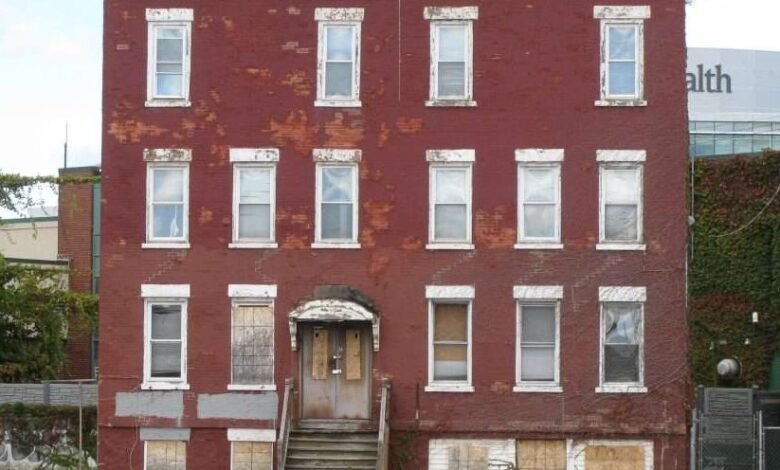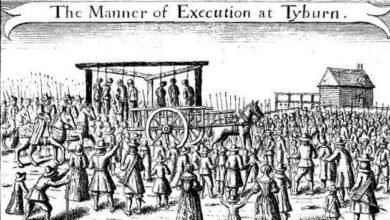Buffalo’s Little Brothel That Could


 Once home to Eliza Quirk, a fiercely independent 19th-century woman who ran a brothel and built a real estate portfolio in a male-dominated world, 72 Sycamore Street on the East Side of Buffalo offers a rare glimpse into that community’s untold history. Quirk’s legacy challenges traditional narratives and reminds us that preservation isn’t just about architecture — it’s about people, power, and perseverance.
Once home to Eliza Quirk, a fiercely independent 19th-century woman who ran a brothel and built a real estate portfolio in a male-dominated world, 72 Sycamore Street on the East Side of Buffalo offers a rare glimpse into that community’s untold history. Quirk’s legacy challenges traditional narratives and reminds us that preservation isn’t just about architecture — it’s about people, power, and perseverance.
Now, Preservation Buffalo Niagara is working with local banks and partners to bring the building back to life. They’re not just saving it — they’re preparing to make it their future home and have secured over $1.1 million in grant funding. This summer they are finalizing their construction plans.
The building was listed on the National Register of Historic Places in 2021, following the area’s years of disinvestment and widespread demolition of historic structures.
“Thanks to the 1825 completion of the Erie Canal, the mid-nineteenth century was a period of rapid growth and high transience,” writes Preservation Buffalo Niagara’s Tabitha O’Connell:
“Over the next 20 years, Buffalo grew from a sleepy frontier town of about 2,400 people to a city more than 10 times that size. Between 1845 and 1850, the period when 72 Sycamore was built, the city added another 12,000 people, bringing its total population to over 42,000. Much of this activity was centered around Buffalo’s harbor and the opportunities presented by trade.
“Within 15 years of the canal’s opening, Buffalo was the busiest port in America, moving more combined tonnage than Boston, Baltimore, and New Orleans combined. By 1850, nearly 50% of the country’s grain passed through the port of Buffalo, and the addition of steamboat service and rail connections made it one of the largest and most comprehensive ports in the world.

 “It was during this busy time that Irish immigrant Eliza Quirk lived and worked in Buffalo. Born in Ireland in 1812, she is believed to have arrived in the states around 1830. By 1835, she lived at and ran a recess — an establishment similar to a saloon or tavern — in Buffalo’s red light district, adjacent to the waterfront.
“It was during this busy time that Irish immigrant Eliza Quirk lived and worked in Buffalo. Born in Ireland in 1812, she is believed to have arrived in the states around 1830. By 1835, she lived at and ran a recess — an establishment similar to a saloon or tavern — in Buffalo’s red light district, adjacent to the waterfront.
“In 1845 her building was destroyed by fire, and she received $1,000 in insurance money. It is likely that this payout is what allowed her to purchase the property at 72 Sycamore Street later that year. This move signaled an increase in social status, as she was able to leave the segregated district where sex work and other vices were legally constrained.”
“According to her obituary, Eliza ‘abandoned her evil ways’ around 1860 and joined St. Mary’s Church, although she continued to live at 72 Sycamore until her death from a stroke in 1868.
Her obituary goes on to state that ‘she was known for many generous traits of character and eccentricities, as well as for the bold bad life she led for many years.’ After her death, the building continued to be used as a boarding house into the 1980s.”
You can read more about Quirk and the building’s history at Preservation Buffalo Niagara.
Read more about prostitution in New York.
Illustrations, from above: 72 Sycamore Street, in Buffalo, in October 2020; and Eliza Quirk’s grave marker at the United German & French Cemetery in Cheektowaga, NY.
Source link




